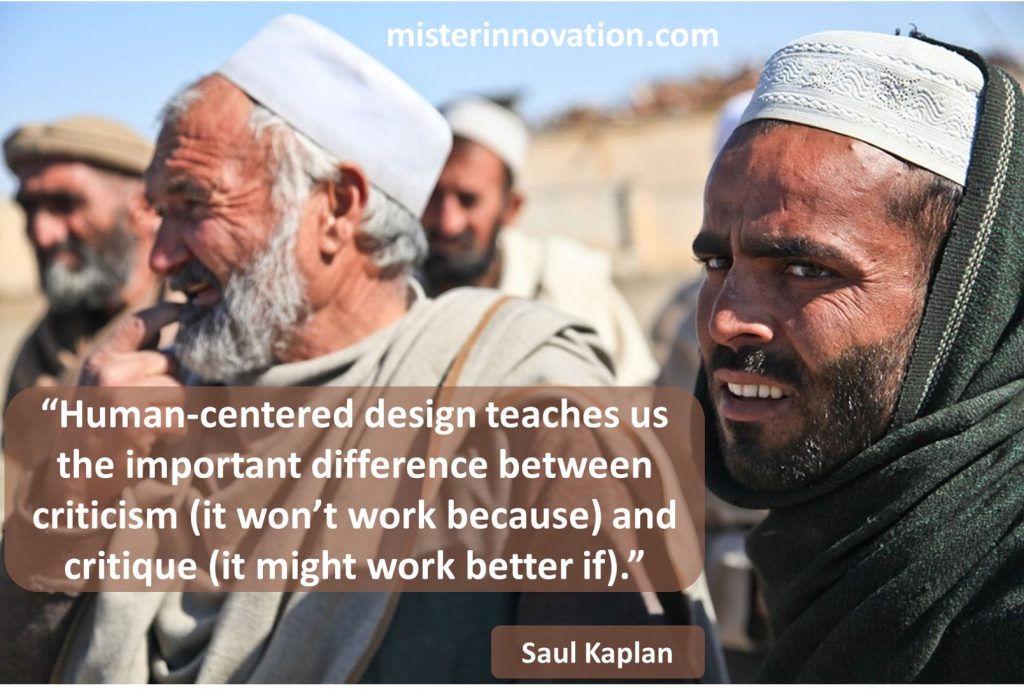Creating a Better Future

GUEST POST from Art Inteligencia
In an era where technological advancements are rapidly transforming industries, there is a growing need for sustainable innovation that not only benefits businesses but also society as a whole. At the heart of this endeavor is human-centered design (HCD), a powerful approach that prioritizes the needs and experiences of people. By harnessing HCD in the pursuit of sustainable innovation, we can create a better future that addresses societal challenges while ensuring long-term business success. This thought leadership article presents two compelling case studies that showcase the transformative potential of HCD in driving sustainable innovation.
Case Study 1: Tesla’s Electric Vehicles
Tesla, the renowned electric vehicle (EV) manufacturer, has disrupted the automotive industry by placing human-centered design at the core of its sustainable innovation strategy. Understanding that consumers desire both ecologically friendly transportation and an exceptional driving experience, Tesla has successfully combined the demands of sustainability and user-centric design.
Through intensive research, Tesla identified the pain points that discouraged widespread EV adoption, such as limited range, slow charging times, and high costs. By empathizing with potential customers, Tesla designed its electric vehicles to address these concerns. They introduced long-range batteries, the Supercharger network that accelerates charging speed, and desirable aesthetic designs to capture consumers’ attention. By putting the needs and experiences of users first, Tesla has accelerated the transition towards sustainable transportation, inspiring other manufacturers to follow suit.
Case Study 2: Patagonia’s Worn Wear Initiative
Outdoor clothing company Patagonia is renowned not only for its high-quality products but also for its commitment to sustainable practices and human-centered design. Recognizing that a linear approach to product consumption harms the environment, Patagonia introduced its Worn Wear initiative in 2013. The program encourages customers to repair, reuse, and recycle their worn-out Patagonia gear, minimizing waste and extending the lifecycle of their products.
To make this initiative successful, Patagonia employed HCD principles to understand customer behaviors and the challenges they face when maintaining or disposing of worn-out clothing. They developed a mobile repair truck, organized events where skilled professionals would repair garments for free, and created an online platform where customers could trade or purchase used Patagonia items. By involving their customers in the process, Patagonia fostered a strong community focused on sustainable practices, driving both brand loyalty and environmental impact.
The Power of HCD in Sustainable Innovation:
These case studies demonstrate the transformative power of Human-Centered Design when applied to sustainable innovation. The success of both Tesla and Patagonia lies in their ability to recognize and understand the needs, desires, and challenges faced by their target audience. By utilizing this in-depth understanding, they were able to design products and initiatives that align sustainability with user experiences, creating lasting impact.
HCD facilitates a shift from traditional “top-down” approaches to a more inclusive and collaborative model, where the end-users are invited to co-create solutions. This approach ensures that the benefits of innovation are accessible and tailored to the intended beneficiaries, increasing the likelihood of adoption and success.
Conclusion
In today’s world, where society is grappling with environmental and societal challenges, Human-Centered Design emerges as a transformative methodology driving sustainable innovation. Through the examples of Tesla and Patagonia, we are reminded of the immense potential of HCD to create positive change. By placing the needs and experiences of people at the forefront of design and innovation processes, we can collectively build a better future that not only addresses societal and environmental challenges but also offers products and services that improve lives. Let us embrace the power of Human-Centered Design and work towards a brighter and more sustainable future.
Bottom line: Futurology is not fortune telling. Futurists use a scientific approach to create their deliverables, but a methodology and tools like those in FutureHacking™ can empower anyone to engage in futurology themselves.
Image credit: misterinnovation.com
![]() Sign up here to get Human-Centered Change & Innovation Weekly delivered to your inbox every week.
Sign up here to get Human-Centered Change & Innovation Weekly delivered to your inbox every week.
Pingback: The Role of AI and Machine Learning in Driving Sustainable Business Practices | Human-Centered Change and Innovation